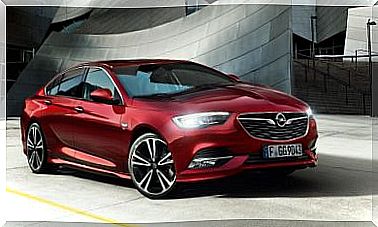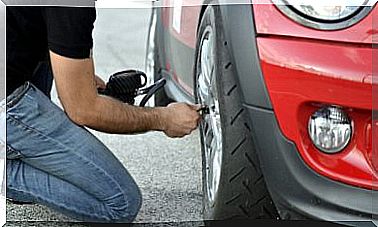How Does The Car Battery Work?
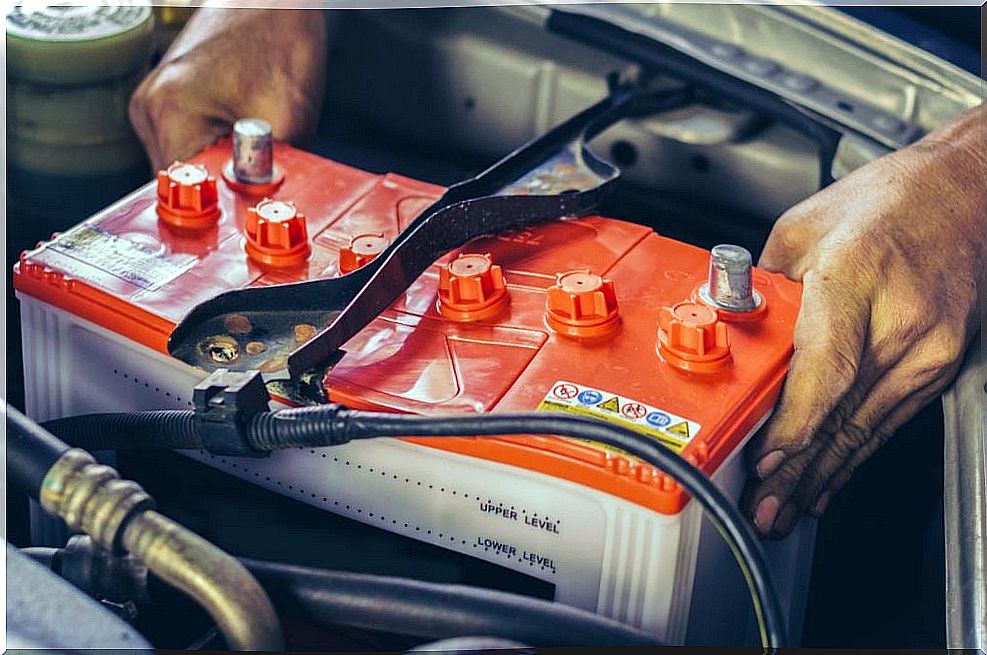
It is one of the basic elements of any automobile. Its invention dates back to the 19th century and soon became part of the early days of the automotive industry. Every person who has owned a vehicle in their life (even if they haven’t) knows what it is. What not everyone knows is how the car battery works.
The battery in combustion engine cars
With the resurgence of electric vehicles and the pursuit of environmentally friendly energies, the concept of automotive battery has expanded in recent years.
Hybrid or completely electric cars use traction batteries, which are responsible for supplying all the required energy. Including the one that allows the engine to start and travel.
In the case of combustion motor vehicles, it is an electronic battery, which stores and produces energy thanks to a series of chemical processes. Unlike hybrid or electronic cars, it only supplies power to start the engine.
Once it is running, the fossil fuel (gasoline or diesel) are responsible for supplying the necessary force to produce the movement.
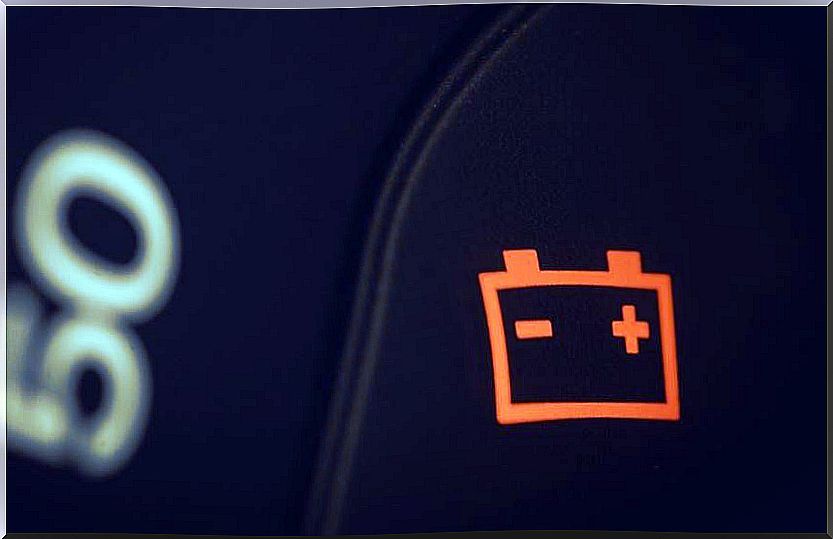
Why is it called Battery
Inside they are made up of several cells that are placed in series (one after the other). Hence the name ‘battery’. The cells can also be accommodated one on top of the other, which gave rise to another common name for these implements, although little used within the automotive industry: battery.
The cells in turn are small hermetically sealed boxes, which inside keep two electrodes immersed in an electrolyte, a liquid substance that functions as an electrical conductor.
Each cell individually produces a nominal voltage of 2 volts. Placed in series (on battery), they provide a joint power of 6 or 12 volts. There are also models that provide 24 volts, essential for some cargo or passenger transport vehicles.
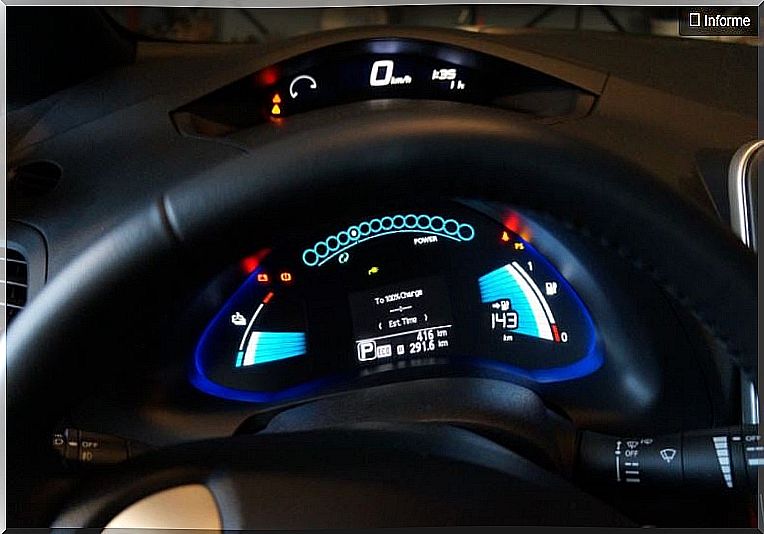
Internal components
In addition to the ‘battery’ or ‘stack’ of cells, these boxes made of polypropylene resin, carry inside another series of components that allow their operation. Although there are different models and technologies, in general terms they are:
- Terminals through which the positive and negative ends of each of the cells are connected.
- Spongy lead negative plates and positive plates, which include a lead dioxide metal grid. All this differentiated thanks to a polyethylene separator, which also promotes the constant flow of electrochemical energy.
- Additionally, it requires a liquid solution of sulfuric acid and water, known as battery acid. Also made of a lead oxide paste that adheres to the positive and negative grids.
How the car battery works
The first mission of the battery is to start the engine. To carry out this action, the electrons generated in each of the cells, by the time they leave the last electrolyte box, have already accumulated the required voltage.
This charge is transferred from a positive and a negative terminal known as terminals. While running and with the power it draws from fossil fuel, the engine is not only responsible for moving the vehicle. It also generates electricity. This same energy is used by the battery to recharge itself.
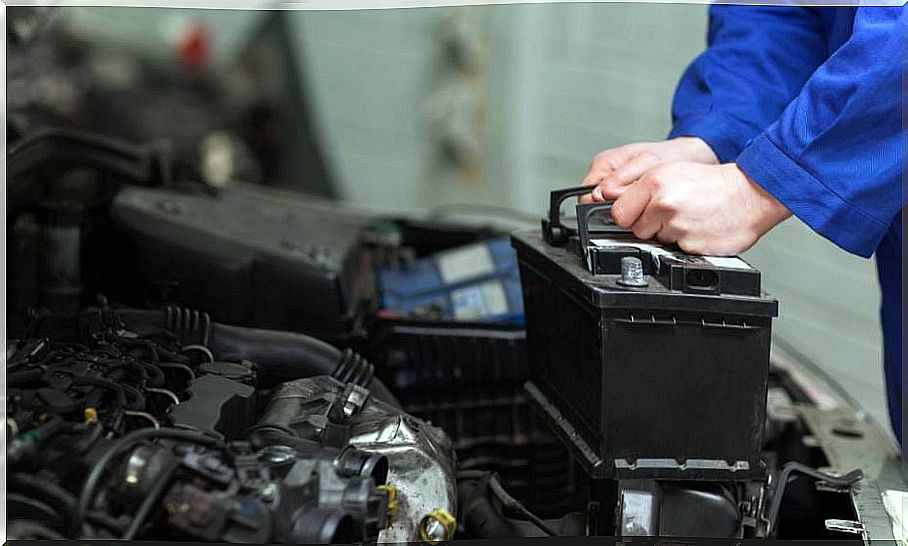
Battery and alternator: an inseparable pair
To understand how a car battery works, another essential member of the electrical system cannot be ignored: the alternator. This device is responsible for expanding the electricity generated by the engine to the rest of the vehicle.
Essential equipment such as lights and windshield wipers are served by the alternator. Also some accessories and complementary systems, such as air conditioning, radio or infotainment screens.
The battery also requires this ‘partner’ to continue operating, since when fulfilling its “first mission” it remains empty, without power. To rebuild electricity and generate new power, it draws electrons from the alternator.
Final thoughts
These electricity supply boxes are estimated to have a useful life of four years. Depending on some factors such as the ambient temperature or if the vehicle goes long periods without being used. Poor alternator performance is another variable that affects how your car battery works.




